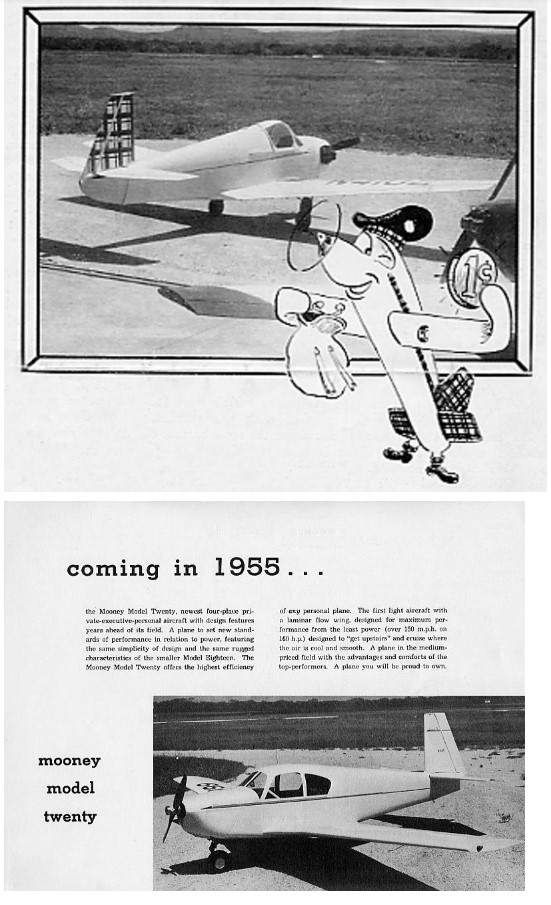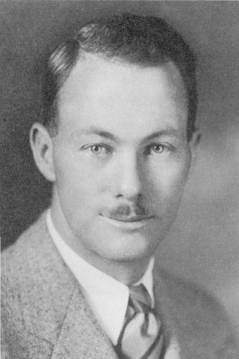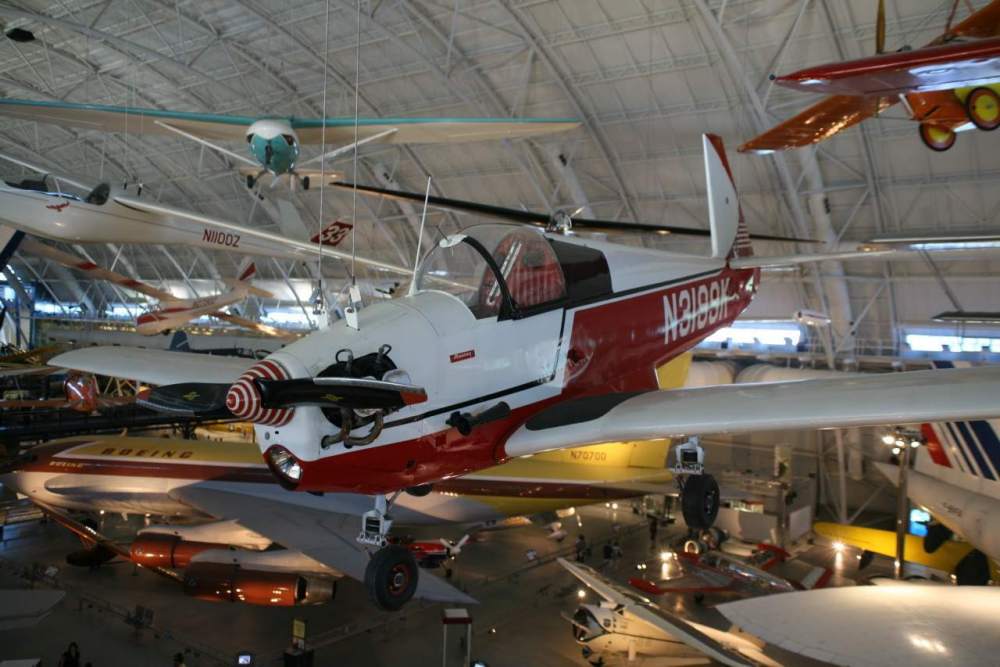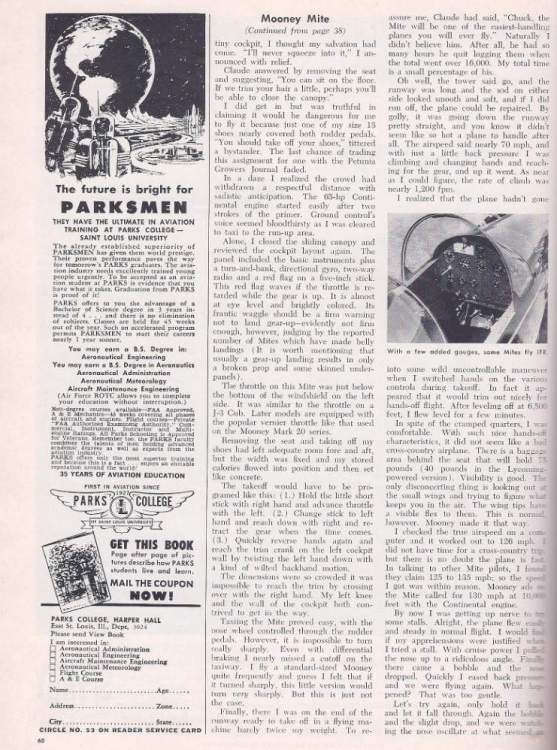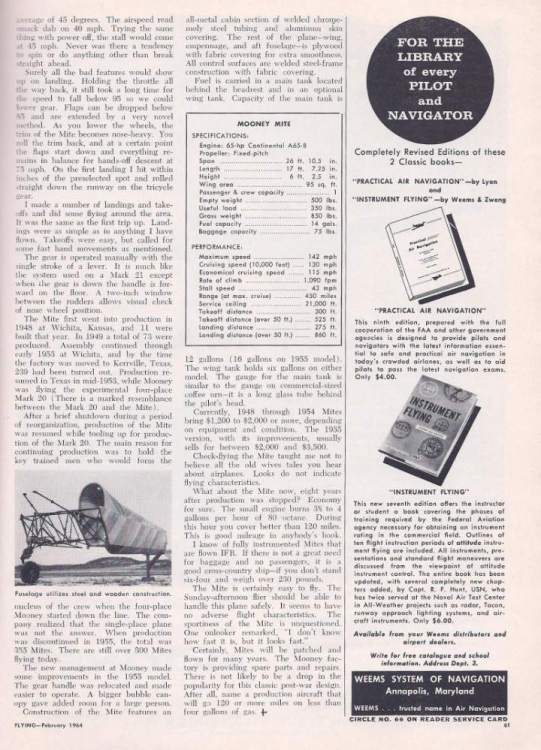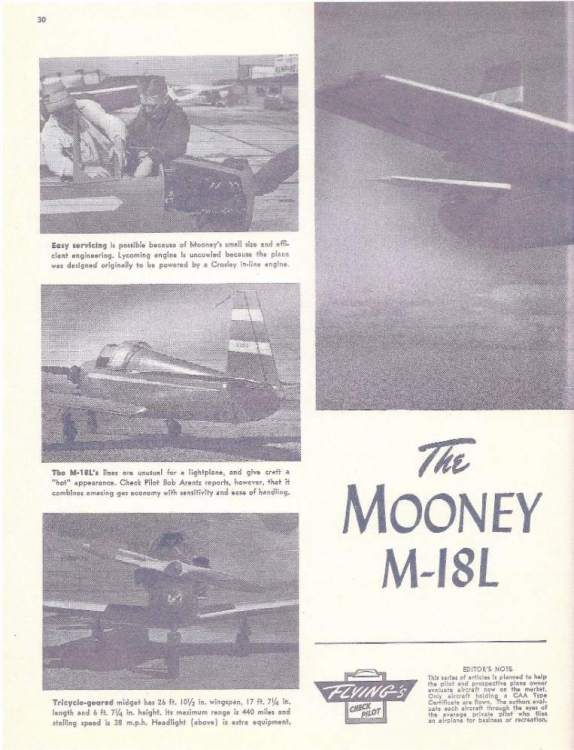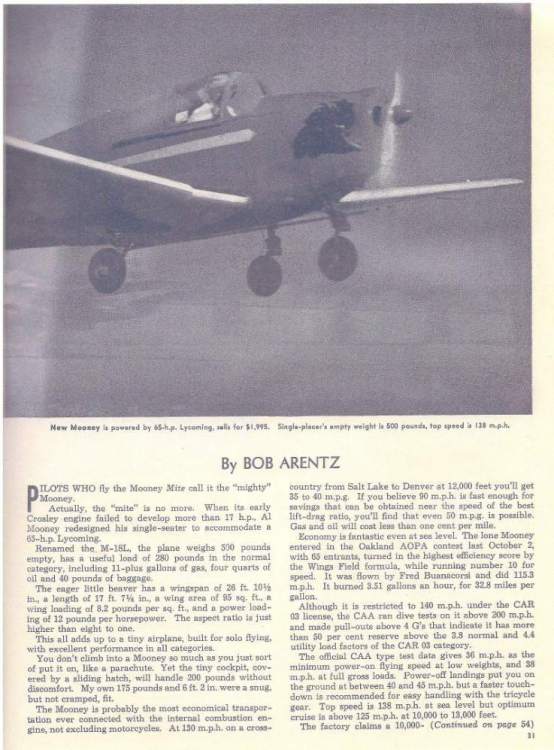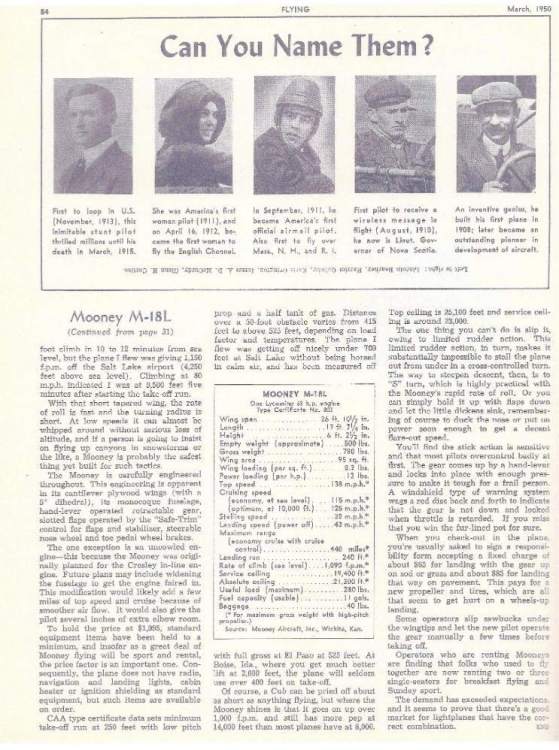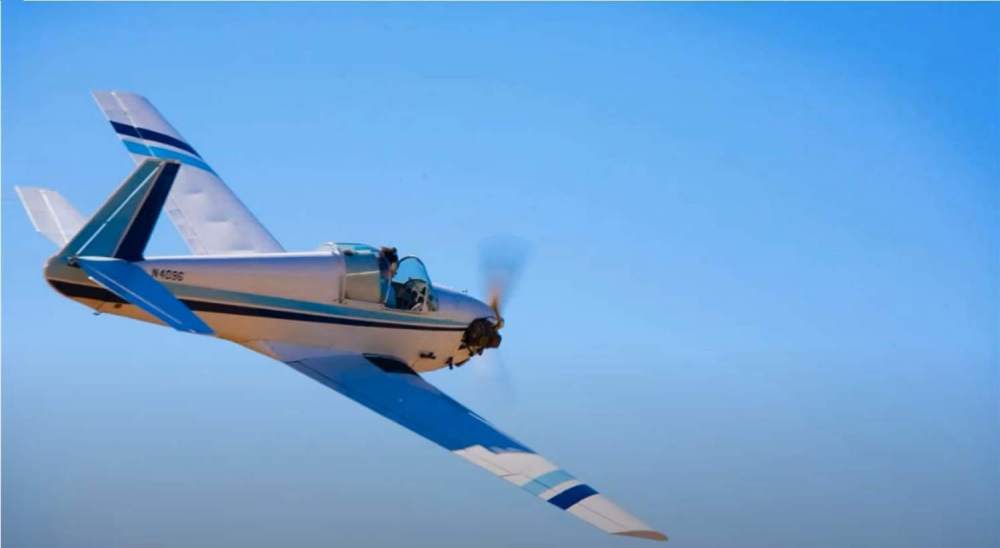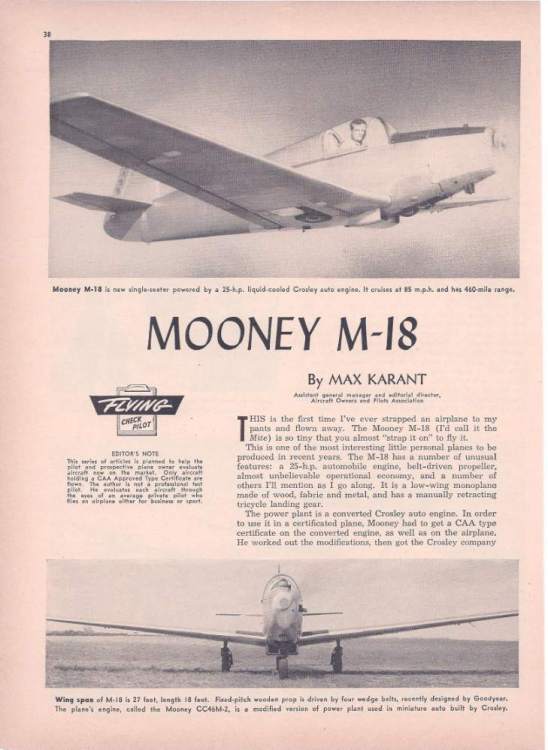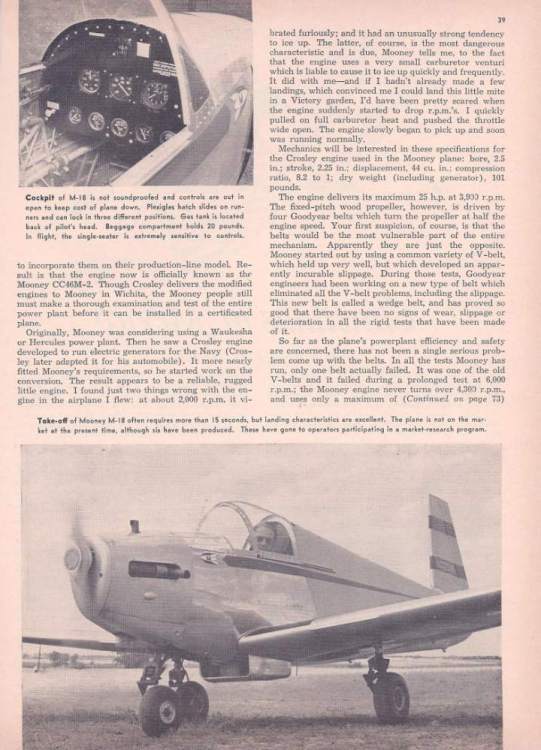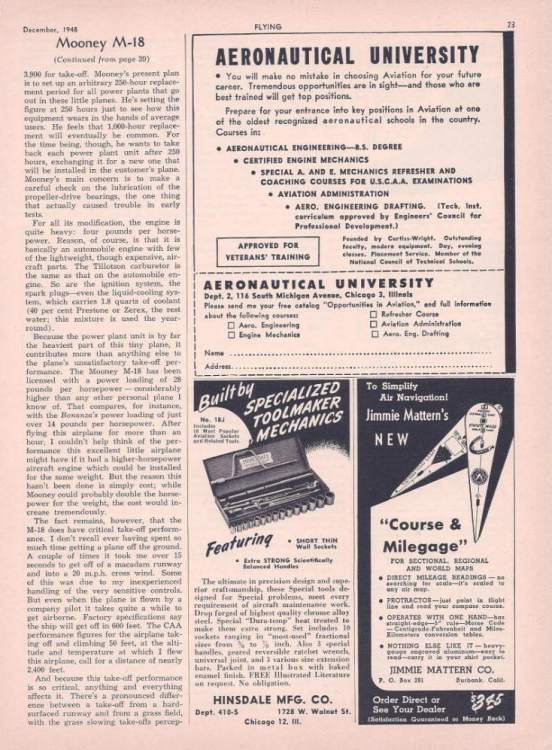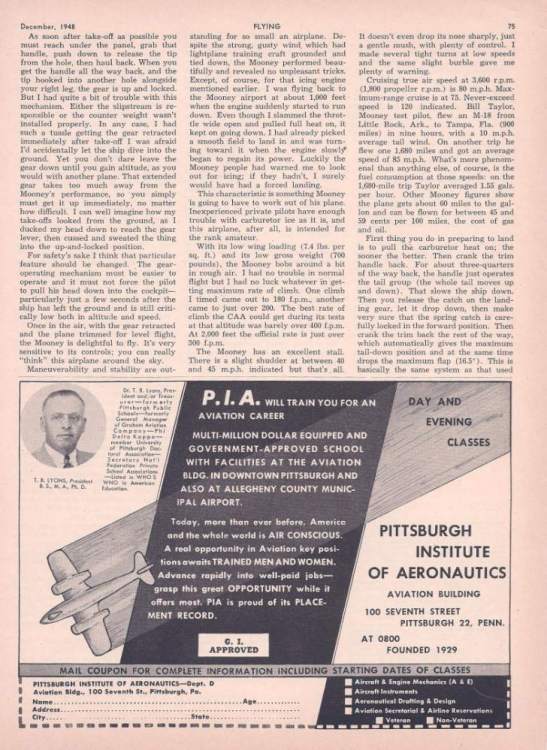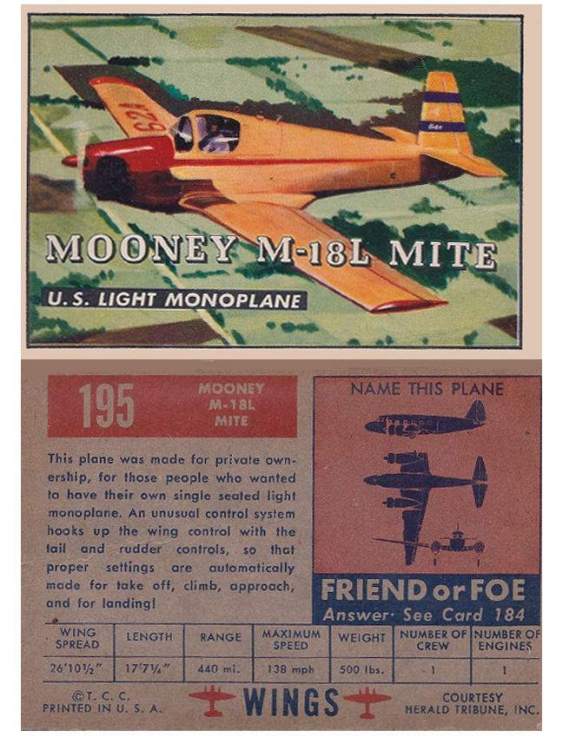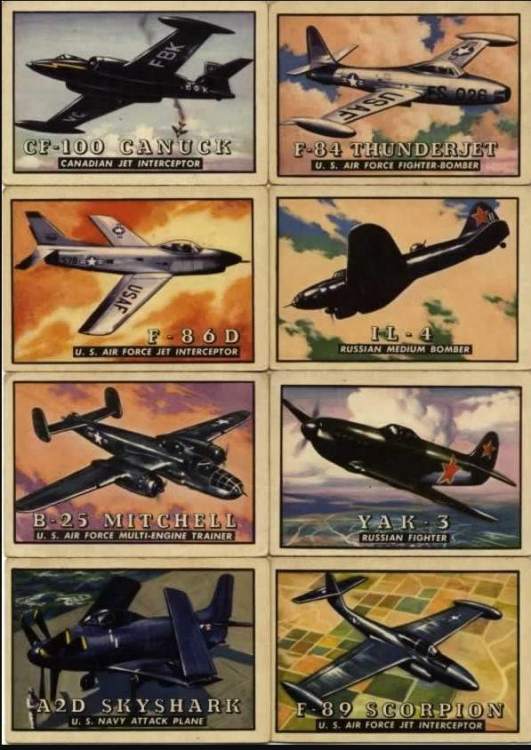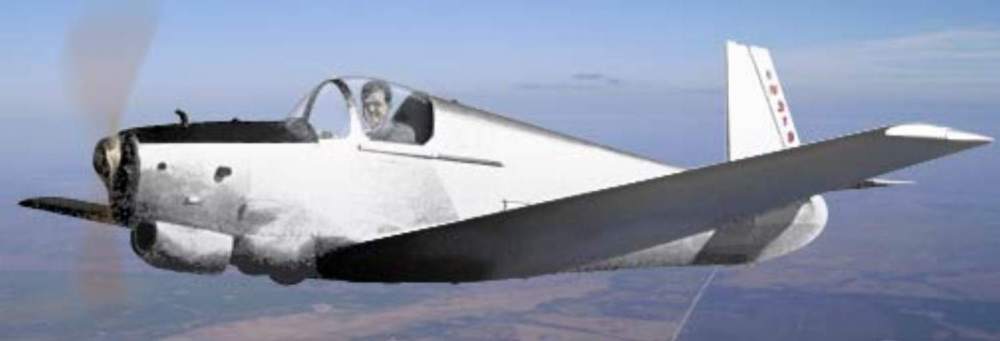-
Posts
100 -
Joined
-
Last visited
Content Type
Profiles
Forums
Blogs
Gallery
Downloads
Media Demo
Events
Everything posted by Kevin Harberg
-
For those wanting access to specific drawings of the Mooney M18 (Mite), National Air and Space Museum has them all available. Not likely a quick turnaround for delivery and costly to have them all reproduced ($1 per square ft - 1600 square ft total). Here's a link to NASM's list of available drawings complete with requisition form. https://airandspace.si.edu/files/pdf/archives/mooney-reproductions.pdf Full sets of blueprints for the M18 can still be found for purchase from time to time. Fred Quarles III sold copies of the original certified M18's drawings for experimental Mites (M18X). Fred arranged to have the drawings later preserved at the NASM.
-

M18 Exhaust - Louder than a J3 Cub?
Kevin Harberg replied to Kevin Harberg's topic in Mooney Mite Owners
This flight was at 2150 RPM (75% for the CA65) initially at about 125mph and less on the return pass to keep at or below 109mph (IAS) for a wave to comply with the placarded open canopy max speed. I flew about 600ft off to the side of my friends acreage house on the initial pass and wasn't aware that he was on the other side of the treeline mowing his grass. Apparently he had seen my approach from a distance and started filming. After posting this topic, I was directed to a video of a Champ (doing aerobatics) and heard a very similar sound. I remember my father talking about Airknockers (Aeroncas), and the sound is identical. You can almost hear each piston fire at the low cruise rpm unimpared by prop noise produced by higher rpm or constant speed prop aircraft. Coincidentally, one of the comments regarding my mite's loud noise came from a J3 Cub owner. I guess we don't realize what they sound like when we are inside the cockpit while flying. I have not seen another mite in the air, so I had no idea what they sounded like until I received a copy of his short video. -
Somewhat curious about frequent comments received from other pilots questioning if my Mite has "straight pipes". This Continental A65-F powered Mite has a stock M18 exhaust system with no apparent cracks or holes. I have recently replaced the cylinder exhaust stacks c/w gaskets thinking there may have been a leak contributing to "the noise" (no evidence of carbon trace). Hoping others familiar with Continental powered Mites may shed light on this. Attached is a photo of the engine compartment showing what I believe to be an original set of "pipes". Here is a YouTube link to a video of a low pass and the sound my Mite makes. Is it unusual, or comparitive to other CA65 powered Mites?
-
Many are aware of the Mooney "Master", the Mooney "Mustang", and the Ercoupe based Mooney "M-10". An artilcle by Robert G Halford that appeared in the November 1953 issue of AIRCRAFT Magazine announced the initial flight test of the four place prototype Mooney M-20 "Scotsman". This is when Mooney was marketing the M-18 "Mite" as the "Wee Scotsman" to bring the low operating cost design to the public's attention. Here is a reprint of the 1953 Mooney Mite sales brochure with a photo of the M-20 prototype referred to in the "AIRCRAFT Magazine" article as the "Scotsman".
-

Al Mooney's Quote - The Al Mooney Story, 1985
Kevin Harberg replied to Kevin Harberg's topic in Mooney Mite Owners
Here's another quote from Al regarding the design of the "Famous Mooney Tail" (Models M18, M-19 & M-20) as noted in The Al Mooney Story. "I didn't put the tail on backwards, all the others did. Power on or power off, you will find on my plane that you can always lift a wing with the rudder." -
After converting to the Lycoming engine, the Mooney Mite "not only looked like a baby fighter plane, but flew like one." Al's personal logbook shows more hours in a Mite than any other aircraft.
-
Thats the beautiful 1955 model M-18C55. The 1953 and 1954 models seem to have the same bubble canopy for more head room but retain the flat turtledeck fuselage. The 1955 model took it another step by angling the fuselage up a few more degrees at the aft fuel tank station (tail end of canopy rail). The result is even greater head room, and surprisingly more leg room (The seat cushion was much deeper raising the occupants torso). Al Mooney also rearranged the gear retraction handle to be much easier to operate. This was closer to the design of the one off model "M-19". Same 65HP Contiental as the other "C" models and same Gross weight of 850lbs.
-

Mooney Type Certificate for Sale?
Kevin Harberg replied to Kevin Harberg's topic in General Mooney Talk
Fred Quarles had purchased the type certificate along with 1600 sq ft of Mooney factory type certificated drawings and provided 324 pages of prints complete with a list of approximately 4000 parts. Fred provided an assembly manual c/w drawings to assist homebuilders in completing his M-18X aircraft. Of interest was his intent to produce a certified Mite utilizing updated tooling techniques and the installation of a 100hp 0-200 powerplant. Now, some 40+ years later, the turbo charged powerplants produced by Rotax would be an ideal fit for the 25,000ft wing. Although thoroughly enjoying ownership of an M-18X, I'm still dreaming of the potential of this incredible design. Kevin -
I believe that manufacturing and production rights follow the type certificate holder. Type certification is an expensive venture.
-

Mooney Type Certificate for Sale?
Kevin Harberg replied to Kevin Harberg's topic in General Mooney Talk
I was thinking that manufacturing and production rights followed the type certificate holder. Type certification is a costly venture. -
I recently discovered the passing of a great aviation AND Mooney enthusast, Fred Quarles. Fred Quarles purchased the M-18 type certificate and made the plane available to the public in the form of a homebuilt in the 1970's (Mooney Mite M-18X). It appears that the type certificate is available for sale by daughter Ellen Michelle Quarles via a post in the Mooney Mite Owners Forum of MooneySpace.
-
Note to Mooney enthusiasts. I beilieve this may be a legitimate proposal for the sale of the Type Certificate formerly held by Fred Quarles who offered the Mooney M-18X plans to the public in the 1970's. Fred passed away very recently.
-
Missing Serial Numbers? As a result of reading Dave Rutherford's (Founder of "The Mite Site") collection of "Mooney M-18" Registered and Historical Registration information, I had discovered issuance of serial Number 001 as well as the highest serial number issued, #357. One would assume 357 Mites were built during the initial run of M-18 models right up until M-18 C55 (1955) model. Ser No.001 - 082 Model M-L (Lycoming 0145 780lbs Gross Wt) 82 Ser. No. 101 - 145 Model M-18LA (Lycoming 0145 850lbs Gross Wt) 45 Ser No. 201 - 357 Model M-18C (Contiental A65 850lbs Gross Wt) 157 This demonstrates that at the end of the production run of one model, the Serial Numbers jumped to start at the next "100" to differentiate between models. The exception seems to be the introduction of the M-18C55 model that appears to continue on with the M-18C numbering. The 18 "Missing Serial Numbers between Serial Number 083 to 100 plus the 55 "Missing Serial Numbers between Serial Number 146 to 200 account for 73 missing serial numbers of aircraft never built. So there were 284 Mites built? No! Actually there were potentially 283 Mites built. (serial No. 1 was rebuilt by Mooney and re-issued as Serial Number 201 (This is the one "Hanging" in the Smithsonian). Serial Numbers now officially start at 002). But wait . . . an article in the Mite Site still shows 47 missing FAA registrations and has identified those serial numbers unaccounted for. 236 Mites?
-
The volume of prints for the M-18X far exceeds the volume of prints included in homebuilder plans of the era (The M-18X prints are actually reprints of the M-18 production model). Your price may seem fair to those who would like a set. What would be the overall weight and volume required for shipping? Have you located any of the additional documents offered for sale with the prints (Assembly manuals, gear/aux tank drawings etc)? Thanks for saving the prints and offering them to the Mooney community. PS: these prints may also be of use by those restoring certified M18's. Only 283 were built and many are in storage awaiting rebuild. That explains why the prints were often sold with a Mooney Mite wood repair manual. Less than 5 M-18X aircraft built to date. Unknown quantity of prints sold.
-
The Mooney Mite Owners Forum in Mooney Space has posts relating to prints for the M-18X. May be a resource for specific viewership if you reposted there. There came a time when aviation related litigation altered the course of well intended businesses, many concerned about potential liability and the increasing costs to insure for protection. It was believed that the M-18X plans were removed from public availability for such reasons. A fair number of sets are likely still out there (I turned down the opportunity to have my own slightly used set of prints for free, a decision I sometimes regret). The price new was quite affordable at the time of print, and I would suspect there may be only a small number of immediate potential purchasers of plans for the M-18X, therefore I would expect any plans available for sale would be priced modestly. A list of plans, other drawings, and manuals available with the set of prints is shown in an ad in the aforementioned site. PS: I believe prints are now available for viewing at the Smithsonian. Regards, Kevin Harberg C-GXTR M-18X
-
Found this beauty somewhere on the internet a while ago. N4096 NOW THAT JUST DOESN'T LOOK LIKE ANY FUN AT ALL!
-
FLYING Magazine Dec 1948 Al Mooney only marketed the plane as the "M-18/M-18L/M-18LA/M-18C/M-18 C55" other than the 1953 models that were marketed as the "Wee Scotsman" to promote the aircraft's low operating costs. "MITE" was a nickname used by Max Karant submitting a pilot report for Dec. 1948 Flying Magazine. The name stuck right up until it became official on Jan 28, 1999 (US DOT N 7110.183). A very popular spray plane with the M-18 designator replaced the Mooney M-18 designation and the M-18 officially became designated "Mooney Mite" as far as the US Department of Transportation FAA, ICAO, NAV CANADA and Eurocontrol are concerned. Note: FOR OPTIMAL VIEWING CLARITY . . "CLICK" ON PICTURE THEN "CLICK" TO ZOOM FULL ARTICLE ON THIS SITE - M18 PILOT REPORT DECEMBER 1948 "FLYING MAGAZINE"
-
Looked for a Mickey Mantle in the drawer with no luck, but turned up what appears to be another TOPPS Trading Card. This is the TOPPS JETS SERIES. "Mite" is in quotation marks because Al Mooney only marketed the plane as the "M-18L/LA/C/C55" other than the 1953 models that were marketed as the "Wee Scotsman" to promote the aircraft's low operating costs. "MITE" was a nickname used by an airplane magazine contributor submitting a flight review. The name stuck right up until it became official on Jan 28, 1999 (US DOT N 7110.183). A very popular spray plane with the M-18 designator replaced the Mooney M-18 designation and the M-18 officially became designated "Mooney Mite" as far as the US Department of Transportation FAA, ICAO, NAV CANADA and Eurocontrol are concerned.
-
"FRIEND OR FOE" Early 1950's Topps Trading Cards (200 Total Set). This set of trading cards had a painted depiction of an airplane (based on aircraft photographs provided by New York Herald Tribune) on one side and a "Friend or Foe" Quiz" on the opposite side, Condensed specifications were also included on the opposite side. This card is of the lighter weight Lycoming powered M-18L model. (Later M-18C models were Continental A65 powered with 850lbs gross weight and max cruise of 143mph).
-
Seems like checklists provide our only reliable safety net, however it relies on us aviators to remember to initiate and perform the checklist. Al Mooney increased gear position awareness (after his gear up landing in the M-18) through the introduction of the Wig Wag device. In addition, 1953 and later M-18 models had a round window covered in plexiglass on the nose wheel "bump". If the Wig Wag didn't catch your attention, you were supposed to look between your legs to visually check actual gear position visible through the window on the nose wheel well. None of it works without performing the task. "G_U_M_P" also works great if you remember to do it! The best I have seen is the toggle switch checklist now sold by Missionary Bush Pilot. This device mounts on top of the dash with Velcro, and allows you to toggle "UP" through the checklist as you complete pre-takeoff to cruise phases of checks, and toggle "DOWN" as you complete each pre-landing check. He will make custom units for all makes and models of aircraft. It is difficult to forget to perform your checklists when you can't avoid seeing the unit when looking out the windshield. Alas, the Mooney Mite didn't come with a dash to mount one on. G_U_M_P ! ! ! NB: You can see this device in use by viewing "Missionary Bush Pilot" videos on YouTube. Ryan (the host), pilots a Kodiak through the remotely settled regions of Papua New Guinea. Great scenery and a good source of watching cockpit management skills in action.
-
The above brochure shows the 1st production M-18 model (which used the Crosley automobile engine and a 3 belt drive reduction unit). This M-18 had the P-51 style belly mounted radiator. The take-off and climb performance was marginal and the M-18 suffered from powerplant reliability using the auto engine conversion. Although eleven of these were sent to aircraft distributors across the United States, all were returned to Mooney to receive the Lycoming 0-145 upgrade (more than doubling the little single place airplane's horsepower). Altitude, range, and speed records for production aircraft of this weight class were achieved as a result of this upgrade. This was the start of Mooney's attention grabbing fame. Speed records continue to fall with the Mooney M-20 aircraft based on this design. Shown below is the M-18 prototype. (It used a 4 belt drive reduction unit and had a forward mounted radiator).


